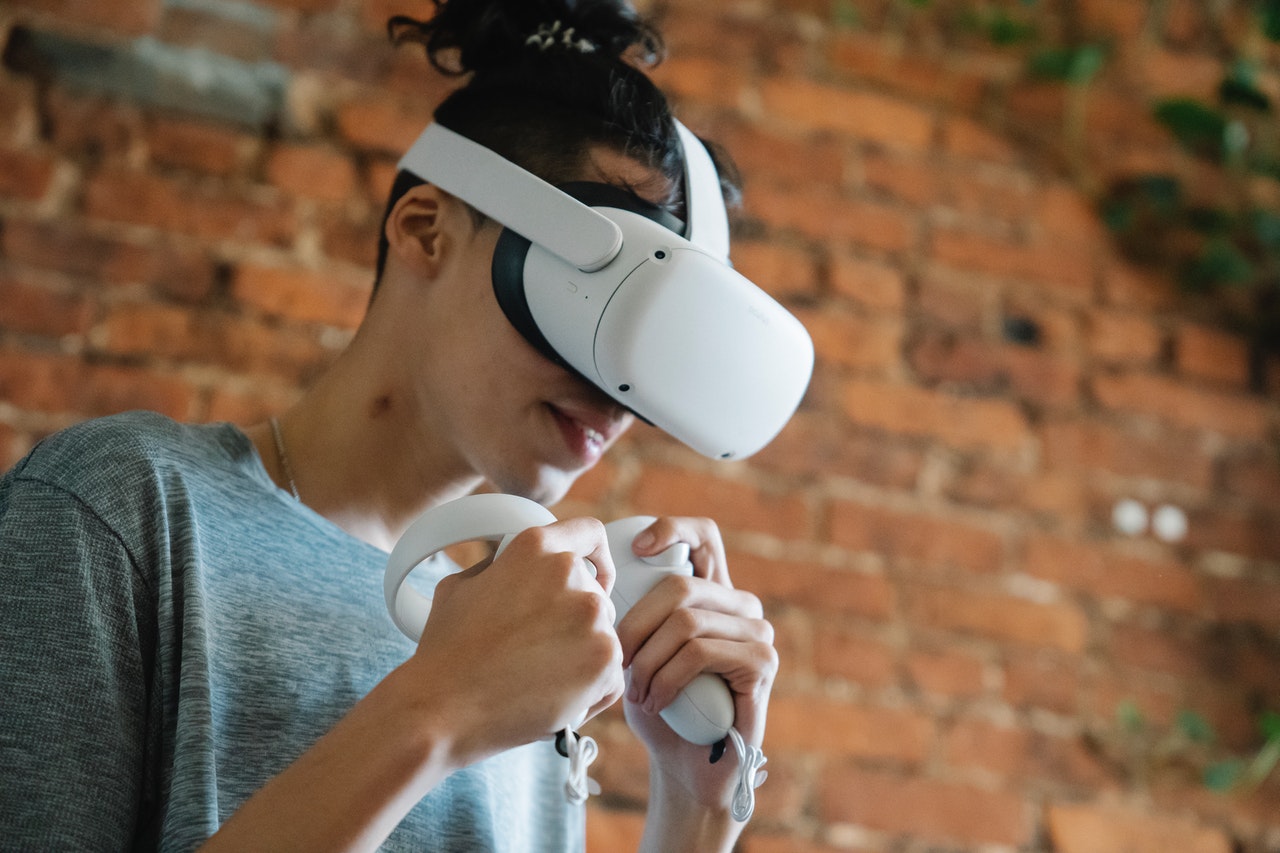How Virtual Reality & Augmented Reality can Revolutionize E-Learning

Making e-learning an immersive experience
It is a fact that online courses (e-learning) are impersonal and is more linear than face to face discussion and lacks human interaction. Working through packaged programs can bore you to death and some courses such as traditional hands on courses can be difficult to simulate. Hence immersive user experience is very critical for e-learning.
Each year brings bigger and better tools to make the learning experience more immersive and interactive for your users. AR and VR are the new immersive multimedia technologies especially in the realm of e-learning which have an ability to take the learning experience to a whole new level.
It gives ability to improve the e-learning courses, custom tailor every e-learning activity, and completely transform the nature of online training where learning feels more like a play and everyone has access to impartial education. Immersive multimedia could put learners in the role of scientist, explorer, astronaut, businessman, historical figure, etc
“Imagination is everything, it is the preview of coming attractions. If you can’t imagine what it’s going to be, Don’t ever expect to physically look in the mirror and see it.” – Albert Einstein
If you can imagine it, you could virtually design it, interact with it, and incorporate it into the learning experience.
Google glass, Oculus rift, Vive, Samsung Gear VR are few of the devices that help users to interact with e-learning content in a more dynamic way. They make e-learning more engaging and interactive to users.
5 ways AR & VR has been integrated into E-learning
Here we are presenting 5 use cases which are just some of the possibilities that immersive technologies offer to the world of e-learning
01. Students in different geographies
If you were an online teacher and your focus was geography, you could give your students a virtual tour of canyons, oceans, seas, rivers, maps, longitude and latitude, famous explorers and more without anyone leaving their homes. Your students would be able to put on VR glasses and be transported to any part of the world. This enhances the learning experience of the student and he can quickly grab concepts.
02. Surgery training and Rehearsal through e-learning
It enables you to bring your digital world to your real world in medical science. In human anatomy, with AR devices you can see the muscles on the top of the skeleton and interact with the human body, perform rehearsals before a surgery, bring particular organs out and analyse a particular part more closely, etc. These simulations lets the students to have an experience where they can feel and help them understand easily.
03. Learning on the go
Imagine you just bought a new Macbook and you still need to install new softwares to get your laptop working. You have never used a macbook before and you would like to do it yourself. This is where elearning could help you do it yourself using online inherent knowledge. If you were wearing an augmented reality headset you could get detailed visual instructions regarding the macbook installation as well as a visual interface that displays the correct instructions.
04. Astronaut Training through e-learning
Immersive technology can be used to train astronauts in the aspect of spacewalking. This will help astronauts as they will know what to expect when they step outside their habitable satellite. NASA is extensively employing VR to better acclimatize its astronauts to conditions they will experience once they step across the Earth’s boundaries.
05. Eliminating phobias
Virtual reality can help students conquer their phobias like public speaking. If the phobia is public speaking, then with a few clicks of a mouse a talk in front of an audience of thousands can be arranged – an appreciative audience who will laugh and applaud for everything the student says. Thus a student can be well prepared before giving a seminar or a project presentation.
Virtual reality: What is the future of e-learning?
Learners like challenges, interactive elements, mastering concepts and immediate feedback. The elearning courses in the future should include elements which will make the learning experience so exciting, interactive and fun that learners are delighted by the user journey and they reap the benefits by mastering the content. Translating such engagement into elearning will be a challenge but it is critical for e-learning institutes to grow, enroll students and retain them.
Immersive multimedia is the latest trend and it is time to partake this trend in e-learning. So, do you want to create on-trend, design driven experience for your elearning business? Well NetBramha has got you covered! Keep us in mind when you would like to implement these trends for your elearning business

